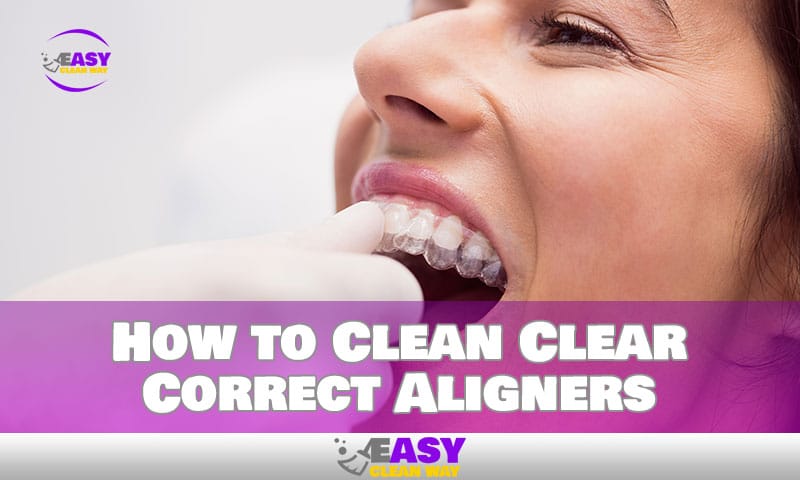Cranial helmets are an important piece of equipment for those who participate in contact sports. But like any other piece of headgear, your cranial helmet needs to be cleaned regularly in order to work properly.
This is not something that should be taken lightly. If done incorrectly, the cleaning process can cause damage to your helmet and leave you vulnerable in the event of an accident.
That’s why it’s important to understand the proper techniques for cleaning your cranial helmet. In this article, we’ll discuss the different methods for safely cleaning your cranial helmet and explain how to do it correctly every time. We’ll also provide some tips on how to prolong the life cycle of your helmet and keep it performing at its best.
What Is a Cranial Helmet and Why It Needs to Be Cleaned
A cranial helmet is a protective headgear designed to prevent further damage to the skull and brain. It is often used after an injury or surgery to protect the skull and allow it to heal properly.
To ensure your cranial helmet is as effective as possible, it is important to clean it regularly. Not only does this reduce the risk of any bacteria or dirt causing an infection, it also keeps you protected from additional injuries due to a poor-fitting helmet.
Cleaning your cranial helmet not only extends its life expectancy but also ensures you can get the most out of its protective capabilities. So, how often should you clean it? To maintain optimal levels of protection, it should be cleaned at least once a week.
Types of Material and Cleaning Instructions
Cleaning your cranial helmet is essential for keeping it in top condition and promoting optimal fit and comfort. The type of material your helmet is made from affects the type of cleaning supplies you can use. For example, a leather helmet requires different cleaning agents than a plastic helmet.
Here are a few types of cranial helmets and the corresponding cleaning instructions:
- Leather: Gently wipe down with a damp cloth, then apply mild soap to stubborn stains. After that, let the soap sit for 10 minutes before wiping off. Finish with a leather conditioner to keep the material soft and supple.
- Plastic: Combine warm water, a mild detergent such as dishwashing liquid, and half a cup of vinegar in a bucket or bowl. Soak your helmet in the mixture for 10 minutes before scrubbing with a soft brush. Rinse off any remains with clean water and let dry completely before wearing again.
- Cloth or mesh: Fill a sink or basin with cold water and add one teaspoon of detergent. Soak your helmet for 15 minutes before gently rubbing the fabric in circular motions with your hands to remove dirt and debris particles. Rinse it off then hang to air-dry away from direct sunlight.
Do’s and Don’ts When Cleaning a Cranial Helmet
Cleaning a cranial helmet is an important step in keeping your protective gear in top condition. With the right techniques, you can restore its shape and protect it from future damage. Here are some tips to keep in mind when cleaning a cranial helmet:
Do’s
- Use warm water and a mild soap or detergent when cleaning the helmet. This will help remove dirt and oils without damaging the materials.
- After each use, wipe off any debris or moisture with a damp cloth.
- Use cotton swabs and/or soft cloths to remove dirt from crevices and hard-to-reach areas of the helmet.
- Air dry the helmet after cleaning by leaving it out in a well ventilated area for several hours or overnight.
Don’ts
- Do not use harsh chemicals such as abrasives, acetone, degreasers, or bleach on your cranial helmet; these substances can damage the material or degrade its quality over time.
- Avoid using high temperatures such as hair dryers or any other heat sources that may warp or melt parts of your helmet.
- Do not submerge your cranial helmet in water; instead, gently wipe it down with a damp cloth.
Recommended Cleaning Products for Your Cranial Helmet
When it comes to cleaning your cranial helmet, it is important to use the correct products in order to maintain its integrity over time. While there are many commercially available products designed for this purpose, there are a few that are particularly well-suited for cleaning your cranial helmet safely:
Soft Cloth and Mild Soap
Using a soft cloth and mild soap is a great way to quickly and effectively clean the surface of your cranial helmet. When using this method, be sure to use gentle and circular motions as you rinse with water.
Microfiber Wipes or Cloths
Microfiber wipes or cloths are also great for cleaning your cranial helmet. They can help remove dirt, dust and oil without leaving any residue behind. As with using a soft cloth and mild soap, be sure to use gentle circular motions when wiping down the surface of the helmet.
Alcohol Prep Pads
Alcohol prep pads can be used on areas that may be more difficult to clean with soft cloths or microfiber wipes. These pads contain isopropyl alcohol which helps remove dirt, dust and oil without causing any damage to the surface of the helmet. However, they should only be used on small areas at a time and must immediately be wiped off with a damp cloth before drying completely.
Natural Cleaning Solutions for Cranial Helmets
Additionally, there are certain natural cleaning solutions that can help to maintain the cleanliness of your helmet. A combination of baking soda and water is a great option for gently scrubbing off any stubborn dirt or dust build-up. Simply mix the baking soda and water into a paste and use a soft cloth or microfiber wipe to gently scrub the affected area. The baking soda is a natural abrasive, so be sure to use it with a light touch.
When it comes to cleaning your cranial helmet, it is important to remember that detergents, solvents, or any other harsh chemicals should always be avoided. These products can cause damage to your helmet, making it less effective when it comes to protecting your head from impact. Additionally, these products can also compromise the materials that make up your helmet, making it less durable and more vulnerable to wear and tear over time.
When cleaning and maintaining your cranial helmet, it is critical to take your time and use the proper methods and products. Doing so will ensure that your helmet remains in optimal condition, while also extending its lifespan. With the proper care, your cranial helmet can provide you with the protection you need to stay safe and comfortable during any activity.
How to Store the Cranial Helmet After Cleaning
Finally, it is important to store your clean cranial helmet in a safe place. It is always best to keep a helmet away from direct sunlight and away from any sources of heat, such as a furnace or heater. Additionally, a cool, dark environment is ideal for storing a helmet, as these environments tend to be less humid and are less affected by temperature extremes. Keeping the helmet in a box or in a protective bag will help to keep it dust-free and dirt-free, while also providing extra protection from any potential harm.
When it comes to maintaining the cleanliness and integrity of your cranial helmet, it is essential to use the proper methods and products. The right combination of mild soaps and natural cleaning solutions, coupled with proper storage techniques, will help to ensure that your helmet stays in top condition for years to come. Furthermore, taking the time to properly clean and store your helmet will not only help to extend its lifespan but will also help to keep your head safe and protected during any activity.
People Also Like: Clean Your Brighton Jewelry at Home in a Time-Saving Manner
Conclusion
In conclusion, cleaning your cranial helmet is an important part of maintaining the integrity and function of the helmet. To do so, it is recommended to use a mild soap and warm water, and to take special care to ensure the helmet is completely dry before putting it back on.
Additionally, it is important to keep the helmet clean and free from dust, dirt, and debris to prevent any damage from occurring. Following these steps will help to ensure that your cranial helmet remains in optimal condition at all times.
Hey there! I’m Alton Smith, your Clean Expert blogger. I’m on a quest to help you conquer chaos and embrace the joys of a tidy life.





